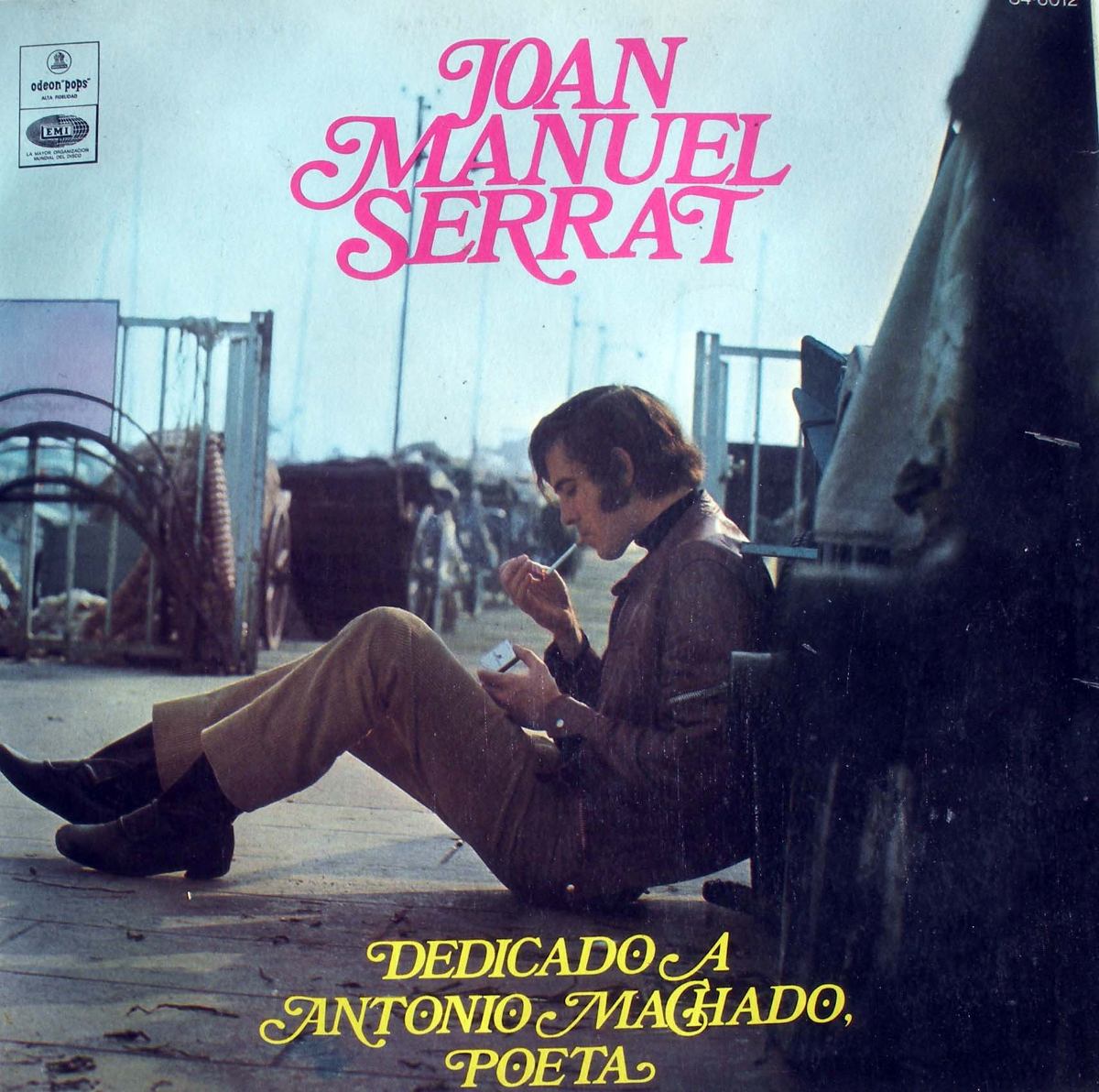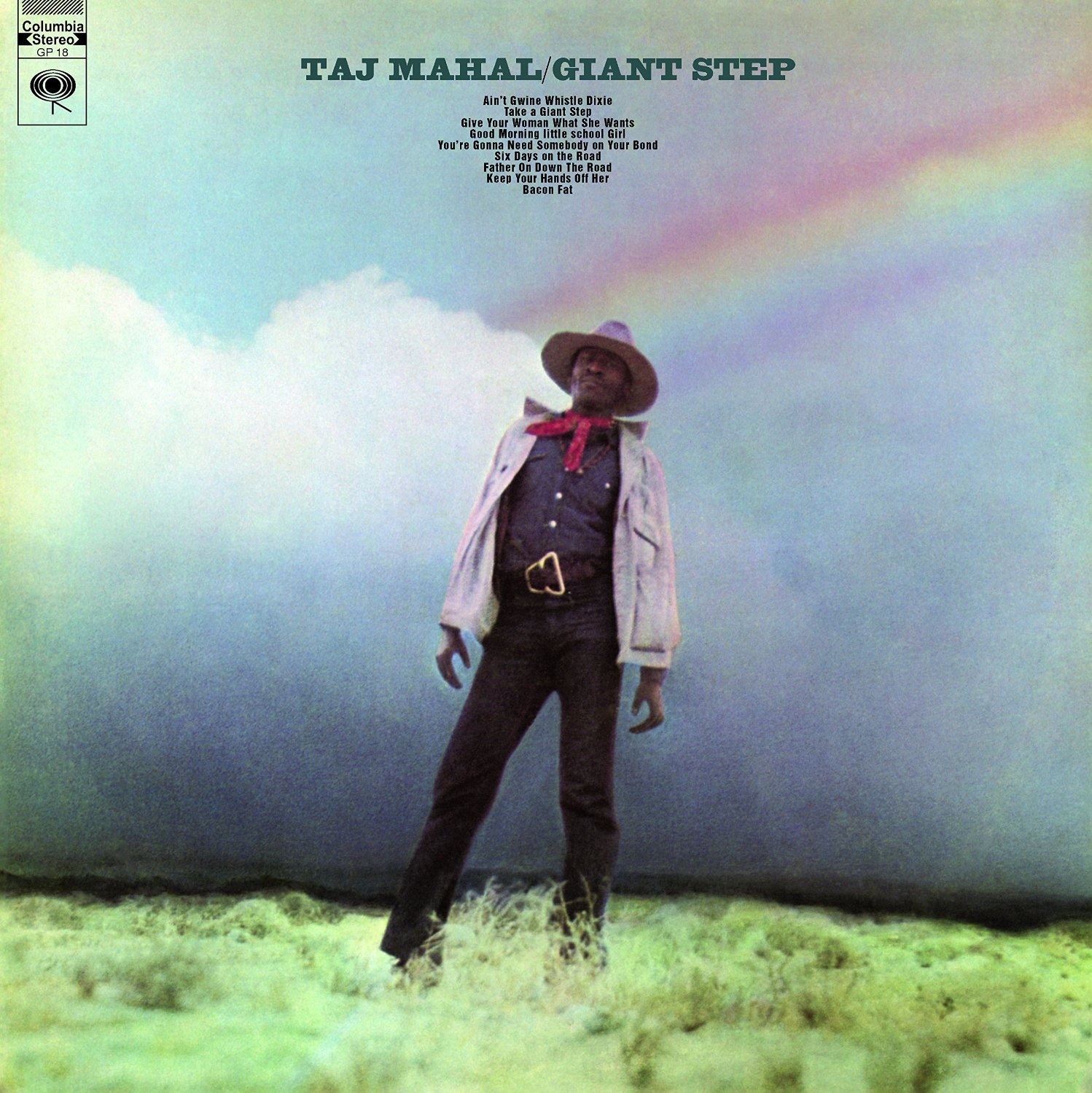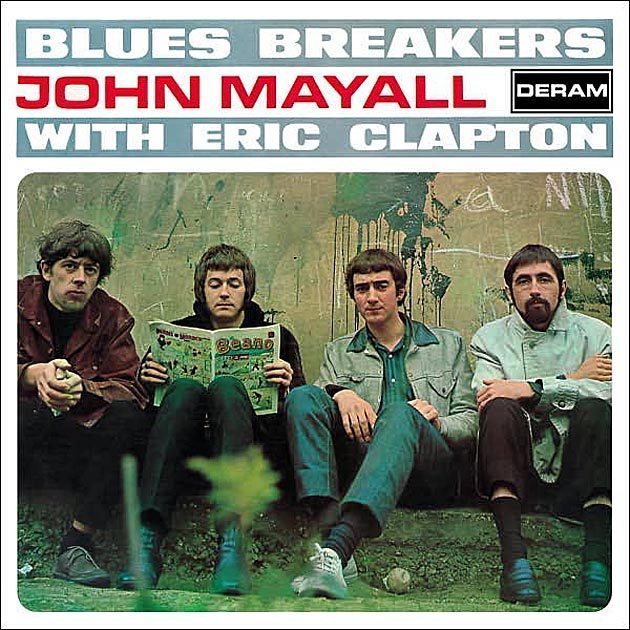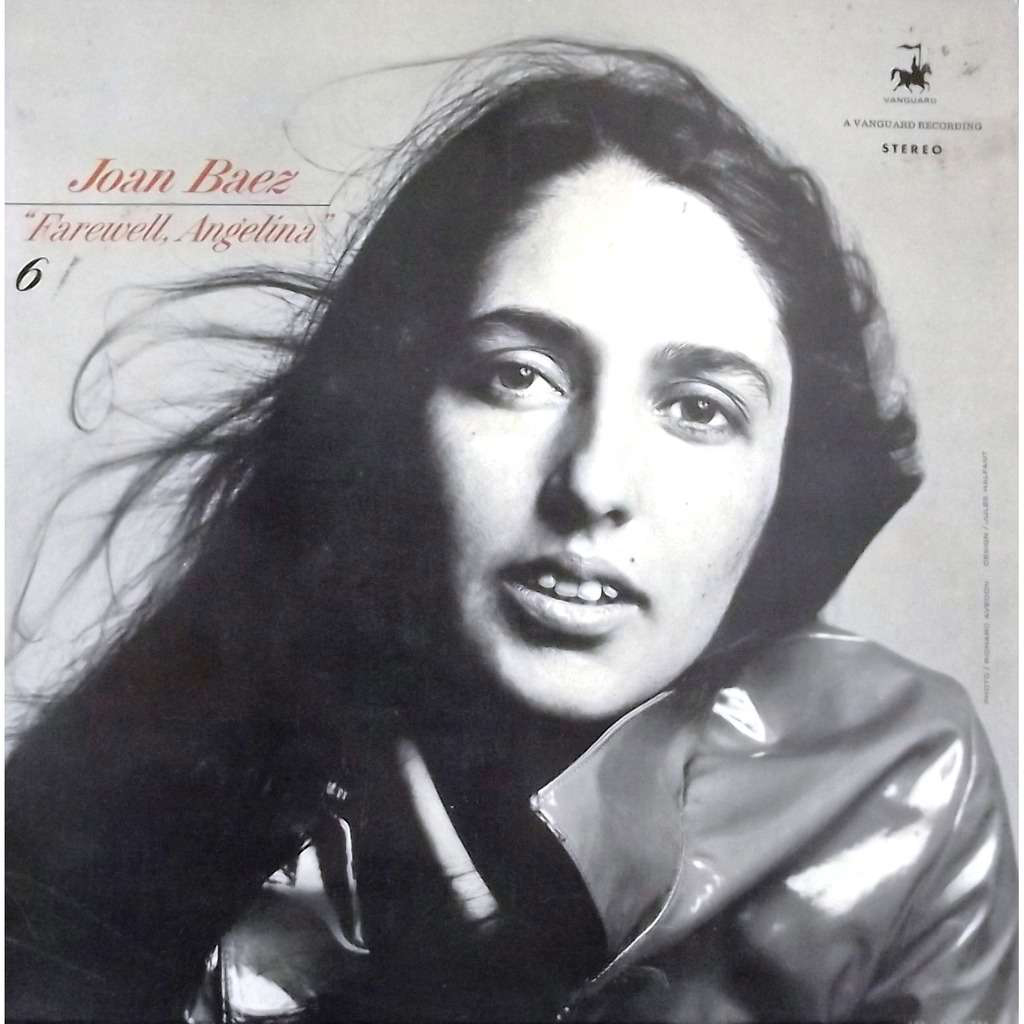
Huerque Mapu (1972/3)
I first arrived in Argentina in early 1975, at a time now crystallised on celluloid by Argentina’s post-Junta cinema but then very real; a time of the AAA, the ERP, the Montoneros. A country led indeterminately either by a nightclub dancer President or her warlock, de facto prime minister: a man who determined national policy through astrological divination. The nightclub dancer shared her Rasputin’s interest in the occult.
I have memories of green Ford Falcons driven manically on and off pavements, both cars and drivers quite bereft of identification, front seat passengers leaning out of the windows with Ithakas, spraying pavements, shopfronts and the occasional passer-by with bullets. I have memories of people I met at parties that I never met again. Couldn’t meet again. Memories of a honeymoon in the Cordoba Hills punctuated by the sound of not-so-distant gunfire. I remember we never exchanged phone numbers, because they could so easily bring an Ithaca to the front door. I could go on – you get the picture.
I was living in Palermo, in a small bedsit with a girl I had met in Barcelona. I had arrived with a backpack and had no music of my own, but she had a small collection. I remember some of the albums: Cat Stevens, Caetano Veloso, that sort of stuff. And this album: the eponymous Huerque Mapu, their first, released in 1972 or 73. Neither I nor the girl I lived with have a copy any longer, and they are probably like gold dust but the tracks are still available (see below).
‘Huerque Mapu’ was the name of the band and the album. The words are from Mapungdun, a language of the Mapuche peoples, and mean ‘messengers of the earth’. The album is political, and its artists had wisely fled the country by the time I arrived in Buenos Aires. One track has stayed with me and is still a recurring earworm that pops up in the strangest places. That track is the hauntingly sad Vamos Mujer. Outside the album it is the closing piece of the Santa María de Iquique, cantata popular, a classical/folk fusion performance that tells of a 1907 industrial dispute that ended with the massacre of hundreds of nitrate miners in the northern Chilean city of Iquique.
As massacres go, and Latin America has had its fair (or unfair) share, it was a bad one. The miners had a more than just cause, one still unanswered in the 1950s when Ernesto (Che) Guevara and Alberto Granado passed through the region. I was not so conscious politically in those hazy, smoke-filled days but this one song had a pathos, a sadness, a resignedness that would bring on tears. This is not to denigrate the other tracks on the album; they are all good, but this one song really did (and does) affect me.
So, for me this album is another powerful blast from the past; a memory of my first arrival in Buenos Aires. It was a different time, I was a different person, but the album brings it all back together.
The track ‘Vamos Mujer’ and in fact the whole album can be downloaded from https://archive.org/details/perrerachmhm1972.
Track listing
El cuento
La Fiesta de San Benito
Sacha Shulko
Vamos mujer
Carta del soldado
Trelew
El Canelazo
Ojito de agua
Coplas del Valle Calchaqui
Run-Run se fue pa’l norte




 I first heard this album in 1965, when I was just 17 and living on the beach in Málaga. It was an exciting time for me, a time of discovery; sex, drugs and … well not exactly rock and roll, not just yet, but certainly folk and blues. And a bit of flamenco. It was in every sense of the word a formative time for me.
I first heard this album in 1965, when I was just 17 and living on the beach in Málaga. It was an exciting time for me, a time of discovery; sex, drugs and … well not exactly rock and roll, not just yet, but certainly folk and blues. And a bit of flamenco. It was in every sense of the word a formative time for me.